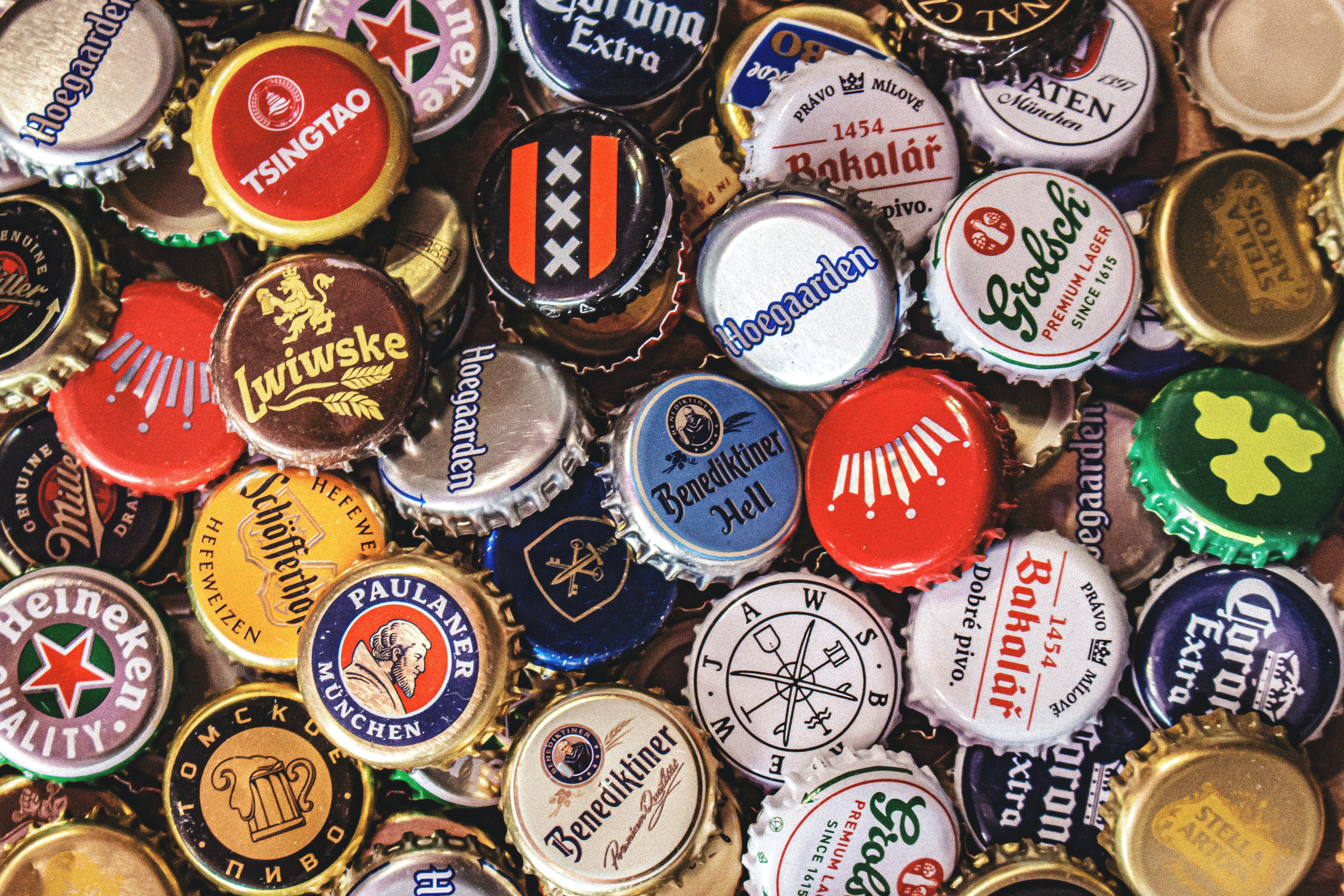
Understanding Trademarks Types, Examples, and Iconic Brands Explained
What is a Trademark?
A trademark sets your business apart from others. It’s a sign that says, “This is mine.” Therefore you should protect it with registrable intellectual property rights.
Your trademark defends your unique brand. It can be a word, phrase, logo, letter, number, symbol, sound, shape, or even a scent. It’s not the same as your company or domain name, but you can trademark those too.
Trademarks help customers find you in a crowded market. They’re the face of your brand. Here are five examples:
- Words - “Coca-Cola” or “Twitter.”
- Logos - McDonald’s golden arches or Nike’s swoosh.
- Slogans - American Express’ “Don’t Leave Home Without It” or “Got Milk?”
- Characters - Geico’s talking gecko or Mickey Mouse.
- Sounds, colors, scents - NBC’s iconic chimes, Owens Corning’s pink insulation, or Play-Doh’s smell.
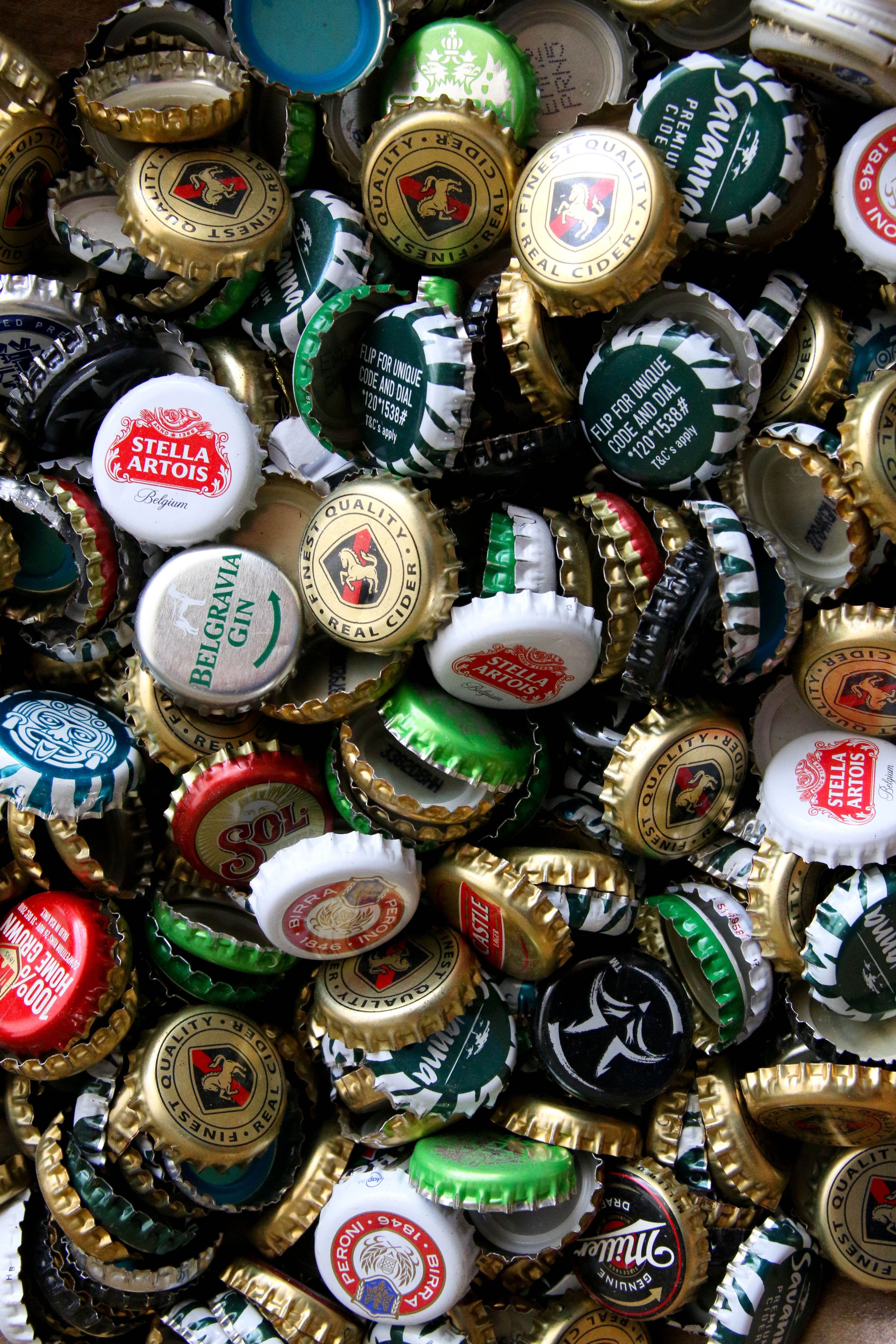
Why Trademarks Matter
Trademarks matter. They help you stand out and keep copycats away. They also make you work hard to live up to your brand.
There are many types of trademarks:
- Brand names like Apple or Dolce & Gabbana
- Product names like iPod or Big Mac
- Logos like McDonald’s arches or NBC’s peacock
- Slogans like Capital One’s “What’s in your wallet?”
- Words in a fancy font like “Coca-Cola” or “Ebay”
- Colors like National Breast Cancer Foundation Pink or Cadbury Egg Purple
- Shapes like the Coca-Cola bottle or Apple iPod
- Sounds like NBC’s chimes or the ‘Yahoo!’ yodel
- Characters like Geico’s gecko or Pink Panther
- Symbols like Nike’s swoosh or Mercedes emblem
- Combo marks like Starbucks’ emblem (name + symbol) or Tiffany & Co. gift box (name + shape)
Use your trademark the right way. Don’t make it plural or possessive. Make it stand out in text. If it’s registered, include the registered symbol.
Trademark laws protect your brand. They help customers tell you apart from others. Register your trademark and reap the benefits.
Before you apply, make sure your trademark is available. Use IP Australia’s (The Australian Trademark Office) free checker tool. Then, apply to register your trademark.
Trademarks last 10 years in Australia. Renew them every decade, for a fee. Do it before the due date, or pay extra.
Short, sweet, and to the point. That’s trademarks for you. Protect your brand and let it shine.
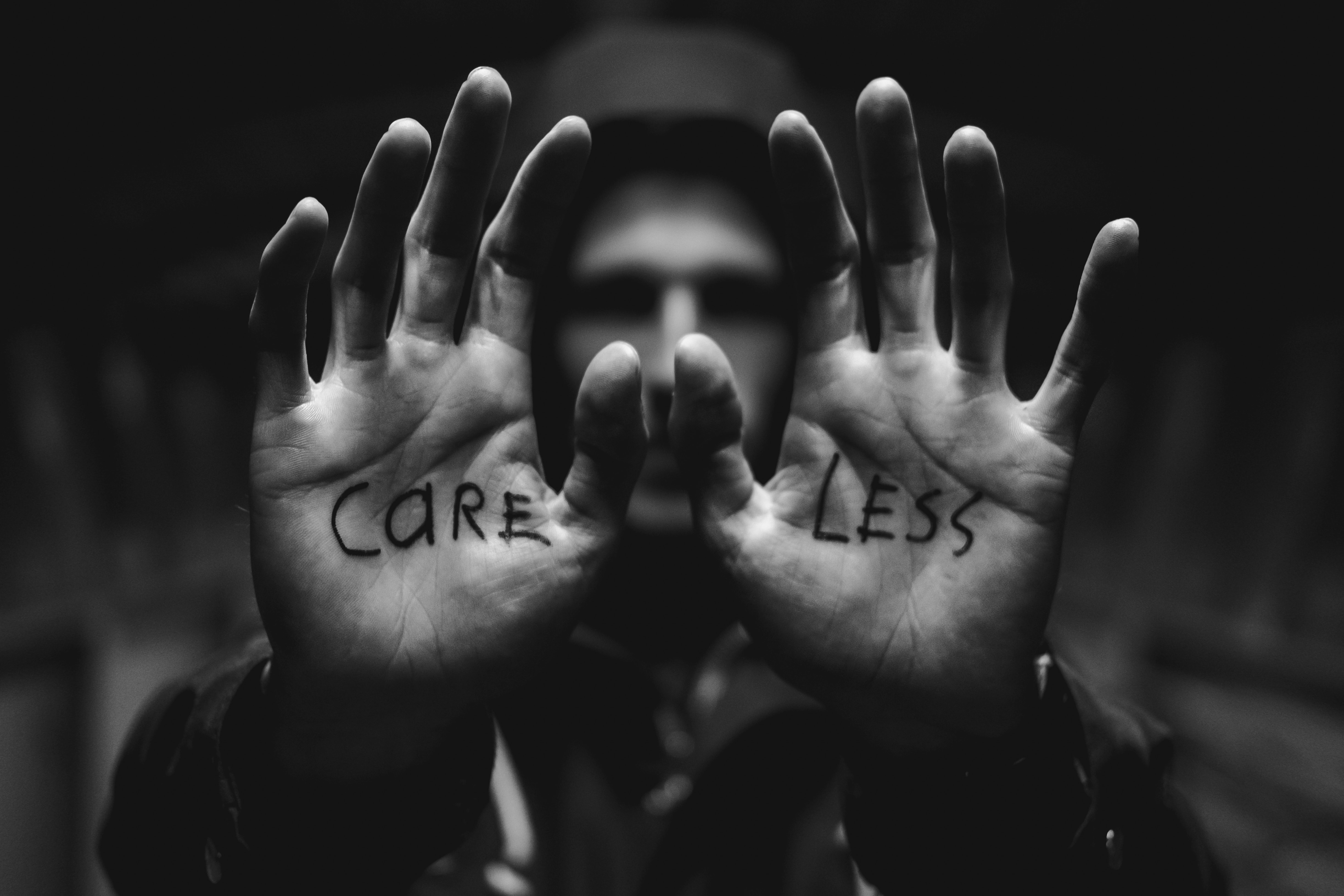
Proper and Improper Use of a Trademark
Use trademarks right. Don’t make them plural or possessive. Make them stand out in text. If registered, use the symbol.
Trademark laws protect your brand. They’re a mix of WIPO treaties and national laws. They shield your logo, phrase, word, letter, color, sound, smell, picture, movement, packaging, or any combo.
Keep your trademark strong. Use it well, and it’ll serve you well.
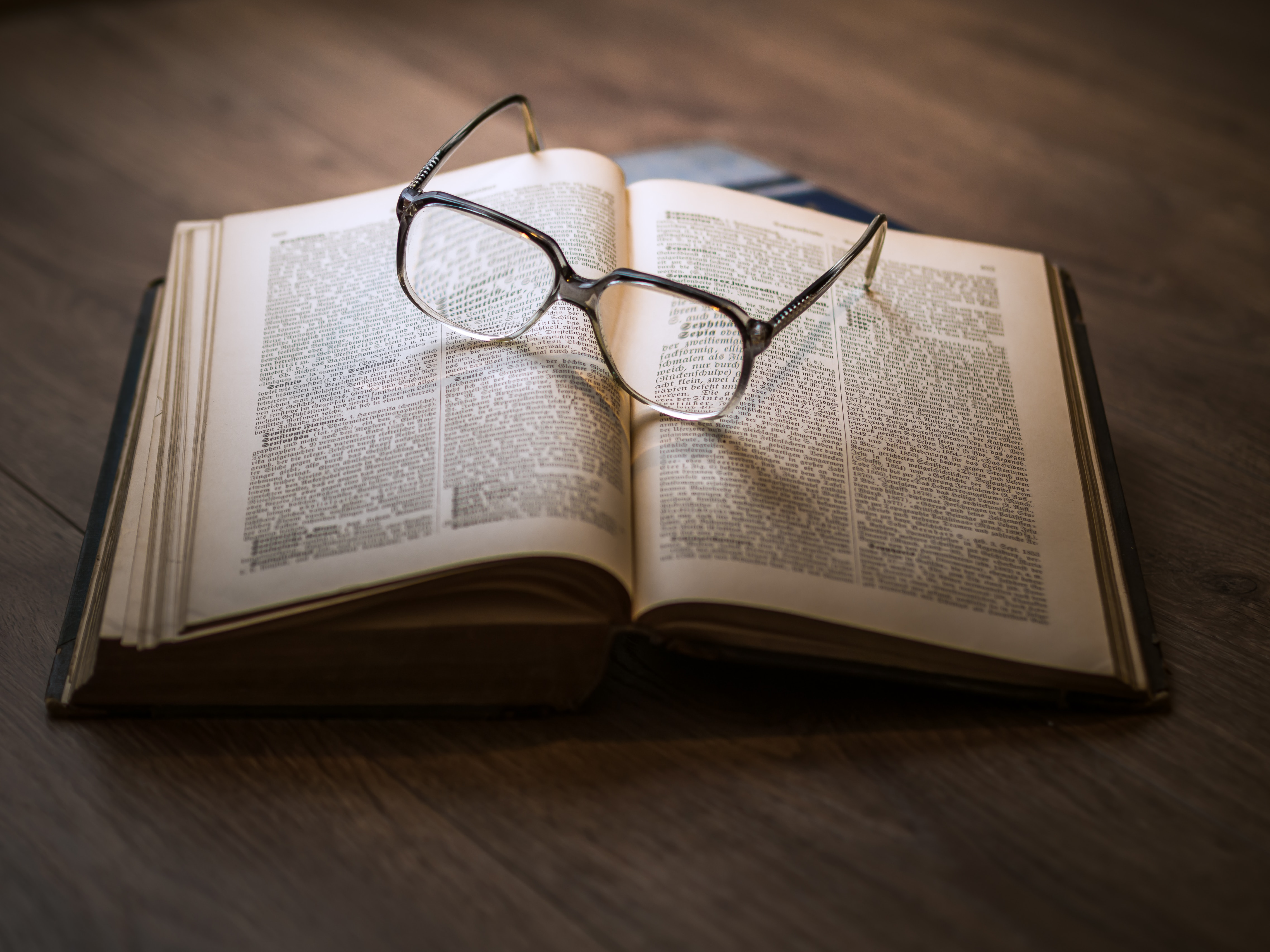
Trademark Law, Treaties and Documents
The international legal framework for trademarks is a mix of WIPO treaties and national and regional laws.
Trademark-related Treaties Administered by WIPO
- Paris Convention
- Madrid Agreement (Marks)
- Madrid Protocol
- Nice Agreement
- Vienna Agreement
- Singapore Treaty
- Trademark Law Treaty
- Nairobi Treaty
What do Trademarks Protect?
Trademarks legally shield your brand and help clients tell your products or services apart in the market.
Trademarks can guard a logo, phrase, word, letter, colour, sound, smell, picture, movement, packaging aspect, or any mix of these.
Benefits of a Trademark
A registered trademark grants you exclusive rights to use, license, and sell the mark. This means no one else in Australia can commercially use your trademark for the same goods or services it is registered for.
It’s also a valuable marketing tool, as your trademark’s value grows with your business’s success.
Check if Your Trademark is Available
Before applying for a trademark, ensure the trademark you desire isn’t already registered.
IP Australia’s free trademark checker tool provides an indication of existing trademarks that might resemble your proposed brand or name. From there, you can apply to register your trademark.
How Long Does Protection Last?
A trademark is protected in all Australian states and territories for an initial period of 10 years. It can then be renewed every ten years, for a fee. You can renew your trademark registration 12 months before the renewal date or up to 6 months after.
If you renew after the due date, you may have to pay a late fee.
How do Trademarks Work?
A trademark is your calling card. It tells the world the product or service is yours. Add these symbols to alert others:
- If registered, add ”®”
- If unregistered, add ”™”
To be valid, register the mark in the the country you desire like Australia, UK or US. Apply to the Trade Mark Registry. The mark must pass hurdles and be registered for relevant goods or services.
There are 45 trademark classes, so find the right one to use.
Once registered, you get exclusive rights. No one can use it without permission. It becomes a money-making asset if you let others use it for a price.
Trademarks guide our buying decisions. Famous ones, like Nike and Coca Cola, are valuable for branding and name recognition. Companies protect their famous trademarks to avoid consumer confusion.
The United States Patent and Trademark Office defines a trademark as a brand name. It helps customers find responsible companies and guarantees quality. The best view is that a trademark reflects consistent quality.
Courts say trademark law protects consumers from confusion about the “source” of goods or services. The expectation is consistent quality from the same source or licensee.
Federal registration starts with filing an application at The United States Patent and Trademark Office. Identify the mark and describe the associated goods or services. Do a registrability search for similar marks that could bar registration.
Federal registration isn’t necessary, but it has advantages. It gives public notice, legal presumption of ownership, and the exclusive right to use the mark. It also confers jurisdiction on federal courts and the right to register with the U.S. Customs Service to prevent importation of infringing goods.
Keep paying fees and using the mark in commerce to keep your Federal trademark registration valid.
Trademarks have relatives: service marks, collective marks, and certification marks. Service marks identify service sources. Collective marks are used by groups. Certification marks certify quality or accuracy, used by someone other than the owner.
Trademarks are intellectual property rights. They identify symbols, phrases, colors, designs, sounds, or insignias, legally differentiating products. Trademarks work by legally tying a product or brand to its company.
What means trademarked?
A trademark protects unique ideas or symbols. It’s helpful for businesses with a distinct brand. Copyright law guards creative works, while trademark law safeguards brand-distinguishing words or designs.
Trademark symbols ©, ®, and ™ inform consumers about protection and product origins. You can use © without registration. Registering with the Library of Congress gives extra benefits.
Trademarks use ® and ™ symbols. Register the ® symbol with the government’s Patent and Trademark Office, but ™ is free to use.
Automatic protections come with a distinguishable trademark. Registering offers more benefits, like national use and validity presumption. However, trademarks are industry-specific, and prior users can still use the trademark.
To trademark, file with the USPTO. Federal registration gives national reach, but the process requires layers of approval and may be rejected.
Service marks are trademarks for services, not goods. Use “TM” and “SM” symbols to claim a trademark or service mark. The ”®” symbol is for registered trademarks.
Trademarks prevent brand infringement, copyrights protect works, and patents guard designs and inventions. Trademarks can be valid indefinitely, but copyrights and patents have limited durations.
Registering a trademark doesn’t need an attorney, but legal services can help.

What are the 4 types of intellectual property symbols?
You’ve seen ™, ®, ©, and ℠ symbols. They’re small but powerful. Let’s decode them.
What does the trademark symbol (™) mean?
A trademark is a name, symbol, or mark that distinguishes products or brands. The ™ superscript claims a unique product or brand, but it doesn’t guarantee registered uniqueness. It can mean the product is registering or is considered unique without registration.
To type ™, use Ctrl+Alt+T or type ™ in some word processors.
What does the registered symbol ® mean?
The ® symbol means a registered trademark, protected by the US Patent and Trademark Office. Registering a trademark lasts for 10 years and can be renewed. Misusing the ® symbol can result in fraud charges.
Type (R) in most word processors to get the ® symbol.
What does the copyright symbol © mean?
The © symbol stands for copyright, protecting creative works like books, music, films, photos, and art. Copyright lasts for the creator’s lifetime plus 70 years after their death. Registration isn’t required, but you’ll need it for infringement lawsuits.
Type (C) or Ctrl+Alt+C in most word processors to get the © symbol.
What is a service mark (℠)?
A service mark is like a ™ for services. It doesn’t guarantee legal protection. The ℠ symbol is used but not necessary, and is less common than ™. It’s often found in legal disclosures of service providers like banks or healthcare.
Use the insert symbol or insert special characters menu to get the ℠ in a word processor.
These symbols protect ideas and creations, warning others not to steal them.
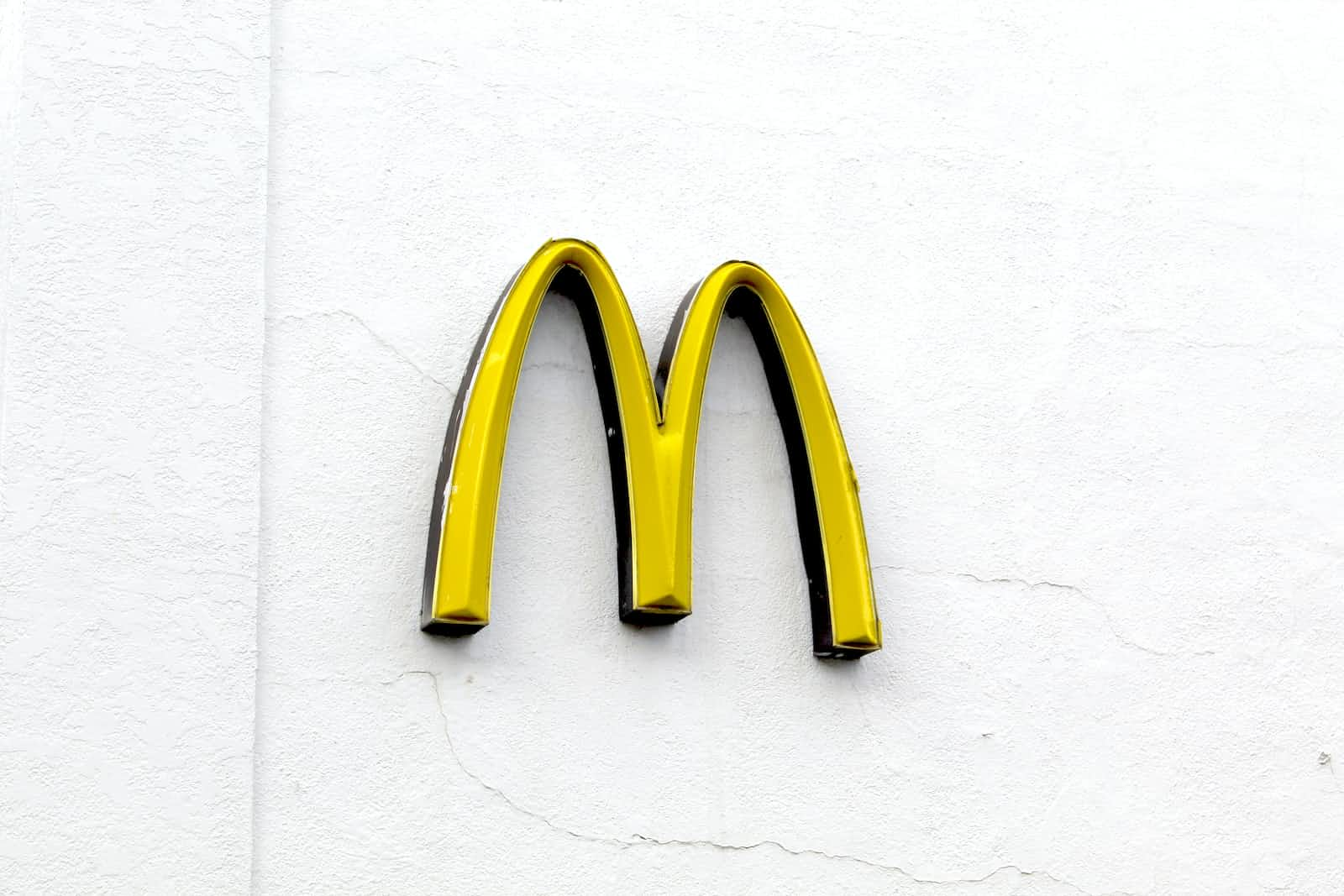
What are 2 famous trademarks?
Famous trademarks grab attention. Most countries recognise them, but confusion arises when differentiating famous trademarks from well-known marks.
The internet has expanded trademarks beyond their owner’s typical sales territory. When a trademark becomes famous in one country, it might become well-known in others, causing legal issues.
Common Issues With Famous Trademarks
Distinguishing popular trademarks from famous ones.
Protecting a mark that’s famous in multiple countries.
Famous trademarks are more vulnerable to piracy.
Famous trademarks face issues with prior issued third-party registrations.
Famous Federal Trademark Factors
A mark is famous under the Lanham Act if the general public widely recognises it. Factors courts consider include:
- Duration of recognition.
- Extent and reach of publicity.
- Sales volume and reach.
- Public recognition.
Examples of famous trademarks are Google, Walmart, Vodafone, Rolex, Clorox, Kodak, Exxon, and Victoria Secret.
Differences Between Well-Known and Famous Trademarks
“Well-known” and “famous trademarks” might be used interchangeably, but they differ. A famous mark has a higher reputation than a well-known mark.
In the European Union, a trademark is well-known if extensively used and advertised. It retains its character even if the market becomes diffused.
Protection for Famous Trademarks
Examples of famous trademarks are Apple, McDonald’s, and Adidas. Famous trademarks enjoy better protection due to their popularity.
To achieve fame, companies must submit proof of sales volume, advertising expenditure, mark duration, licensing agreements, and lack of third-party use.
Dilution Causes of Action
Dilution by blurring: The famous trademark is impaired due to association with a similar mark.
Dilution by tarnishment: The famous trademark is used for poor-quality goods or services.
Dilution can occur even if the two companies aren’t competitors.
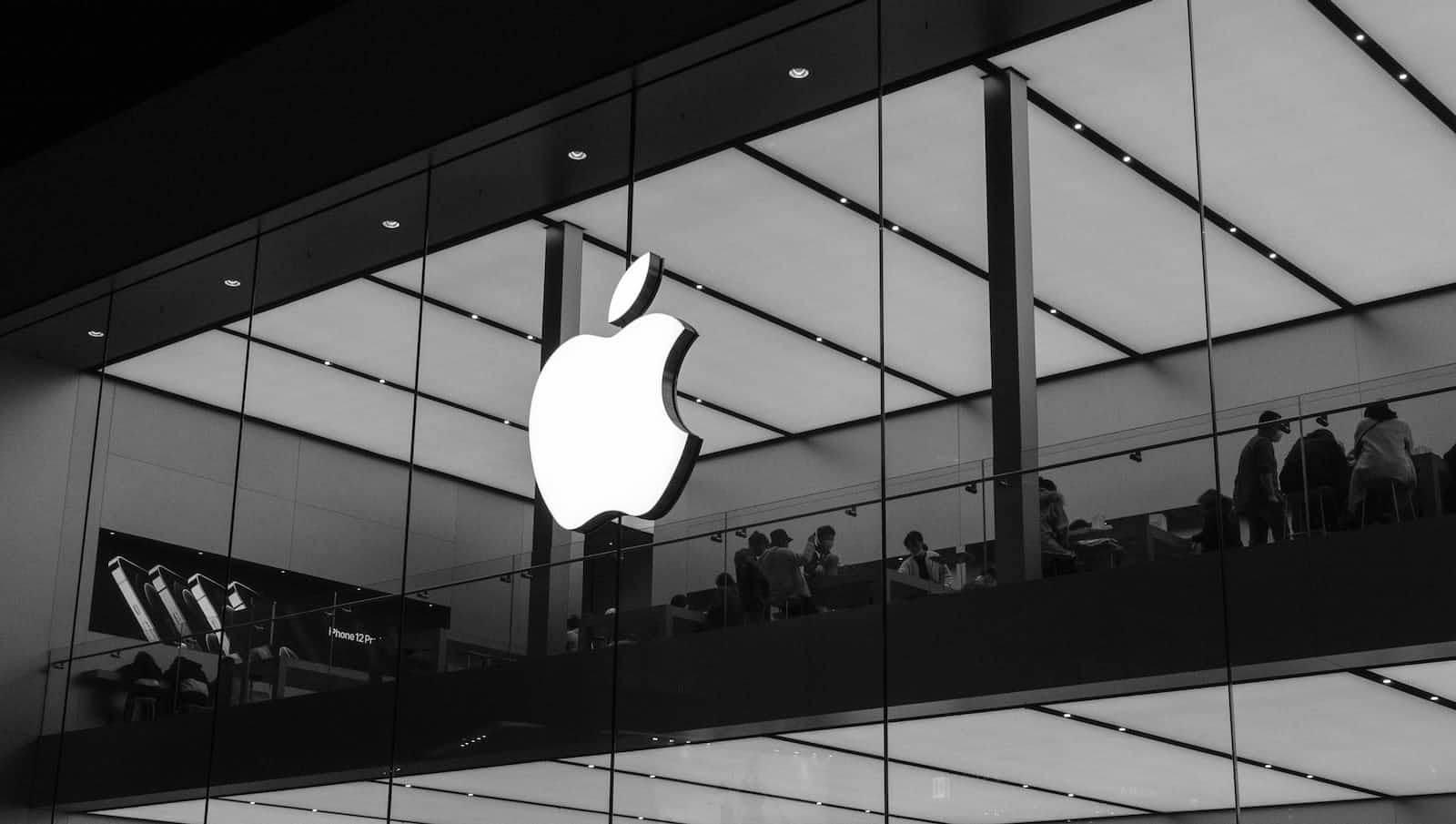
The 10 Most Valuable Trademarks
- Google: $44.3 billion value, $164 billion market cap.
- Microsoft: $42.8 billion value, $184 billion market cap.
- Walmart: $36.2 billion value, $184 billion market cap.
- IBM: $36.2 billion value, $199 billion market cap.
- Vodafone: $30.7 billion value, $138 billion market cap.
- Bank of America: $30.6 billion value, $109 billion market cap.
- General Electric: $30.5 billion value, $197 billion market cap.
- Apple: $29.5 billion value, $307 billion market cap.
- Wells Fargo: $28.9 billion value, $143 billion market cap.
- AT&T: $28.9 billion value, $182 billion market cap.
The 17 Most Recognisable Trademark Sounds
Many famous trademarks are actually sounds. They can be commercial jingles or even a single note. Here are the 17 most recognisable trademarked sounds:
- NBC’s musical notes (G, E, C) first broadcast in 1950.
- MGM films’ lion roar.
- “Sweet Georgia Brown” used by The Harlem Globetrotters.
- Russian-style song in the Tetris game.
- Intel’s five notes.
- Homer Simpson’s catchphrase “D’Oh!”, owned by Fox.
- 20th Century Fox films’ nine-bar musical opening.
- Looney Toons theme, owned by Time Warner.
- “AT&T” spoken aloud with background music.
- Checker’s Restaurant’s “Cha-Ching.”
- The “Yahoo!” yodel.
- Nokia’s standard ringtone.
- Mister Softee’s jingle.
- America Online’s “Hello and Welcome to Moviefone.”
- New York Stock Exchange’s opening bell and crowd noise.
- TiVo’s popping sound in two and six tones.
- Pillsbury Doughboy’s giggle.
“Genericised” Brands (Synonymous With Their Product Categories)
Some brands are so popular that they become synonymous with the product they represent. For example, the brand Band-Aid is now used as shorthand for all adhesive bandages, even though it actually represents a single type of bandage produced by Johnson & Johnson. Similarly, many people refer to all gelatin products as Jell-O.
Other brands that have become synonymous with their product category include:
- Frisbee, a type of flying disc.
- Butterscotch, a pudding flavour once a trademark of Parkinson’s.
- Kleenex, a popular tissue brand.
- Windex, a type of glass cleaner.
- Q-Tips, one brand of cotton swab.
- Zipper, a trademarked device from B.F. Goodrich attaching fabric.
- Yo-Yo, a toy originally trademarked by Duncan Yo-Yo Company.
- Popsicle, a famous brand of ice pop from Unilever.
- Escalator, a moving staircase created and trademarked by Otis Elevator.
- Vaseline, a Unilever-owned brand of petroleum jelly-based products.
- Thermos, a vacuum flask that became generic in 1963.
- Scotch-Tape, a transparent adhesive brand belonging to 3M.
- Ping Pong, a table tennis brand trademarked by Jacques and Son and later Parker Bros.
- Velcro, a hook-and-loop fabric fastener by the company of the same name.
- Kool-Aid, a drink mix brand belonging to Kraft Foods Company.
- Plexiglas, a shatter-proof glass brand initially trademarked by Rohm and Haas and later owned by Arkema.
- Cellophane, a regenerated-cellulose transparent sheet that originally belonged to Dupont and later Innovia Films Ltd.
- Bubble Wrap, a trademarked set of packaging and cushioning products from Sealed Air Corp.
- Aspirin, a generic product in the U.S. and a Bayer-owned trademark in many countries.
- Kerosene, a type of combustible liquid that became generic many years after it was trademarked by Abraham Gesner.
- Dumpster, a large steel trash receptacle belonging to the Dumpster brand.
- Tupperware, a trademarked brand of hard-plastic containers owned by Tupperware Brands Corp.
- Trampoline, a recreational device with a trademark held by George Nissen.
- Styrofoam, a form of foam insulation produced and trademarked by The Dow Chemical Company.
- AstroTurf, artificial grass first trademarked by Monsanto, then AstroTurf LLC.
- Post-It Note, small sticky paper from 3M.
- Rollerblade, inline skates by Nordica.
- Crock-Pot, slow cooker from Sunbeam Products.
- Chapstick, lip balm by Pfizer.
- Hacky Sack, foot-bag by Wham-O.
- Drano, drain cleaner from S.C. Johnson & Sons.
- Wite-Out, correction fluid by Bic.
- Nyquil, nighttime medicine by Procter & Gamble.
- Tarmac, road material by Tarmac Limited.
- U-Haul, delivery service by AMERCO.
- Tabasco, hot sauce by McIlhenny Co.
- Taser, stun gun by Taser International.
- Speedo, swimwear by Pentland Group.
- Realtor, real estate member by National Association of Realtors.
- Dry Ice, cooling agent by Dry Ice Co.
- Powerpoint, presentation software by Microsoft.
- Stetson, cowboy hat by Old Granddad Industries.
- Winnebago, recreational vehicles by Winnebago Industries.
- Photoshop, graphic software by Adobe Systems Inc.
- Cuisinart, food appliances by Conair Corp.
- Formica, composite materials by Formica Corp./Fletcher Building.
- Lysol, disinfectant by Reckitt Benckiser.
- Sharpie, markers by Newell Rubbermaid.
- Zip-Loc, zipper bags by S.C. Johnson & Sons.
- Skype, internet calls by Skype.
- Cigarette Boat, fast boats by Cigarette Racing.
- Dramamine, motion-sickness medicine by Prestige Brands.
- Google, search engine by Google.
- Jet Ski, watercraft by Kawasaki Heavy Industries.
- Armor-All, car products by Armored AutoGroup.
- Advil, pain relief by Pfizer.
- Memory Stick, storage device by Sony Corp.
- Dust Buster, portable vacuum by Black and Decker.
- Matchbox Cars, toy cars by Mattel.
- Word, word processing software by Microsoft Corp.
- Jacuzzi, whirlpool tubs and spas by Jacuzzi.
- Jeep, off-road vehicles by Chrysler.
- Muzak, background music by Muzak Holding LLC.
- Excel, spreadsheet software by Microsoft Corp.
- Bengay, pain-relief rub by Johnson & Johnson.
- FedEx, fast package delivery by FedEx Corp.
- Bisquick, pre-mixed baking product by General Mills.
- Groupon, local deals service by Groupon.
- Coke, carbonated drink by Coca-Cola Corp.
- Head & Shoulders, anti-dandruff shampoo by Procter & Gamble.
- Levi’s, denim by Levi Strauss & Co.
- Mack Truck, trucks by Renault Vehicules Industriels.
- Zipcar, car-sharing service by Zipcar.
- Polaroid, instant photo term by Polaroid Corp.
- Pepto Bismol, upset stomach remedy by Procter and Gamble.
- Tums, heartburn relief by SmithKline Beecham Corp.
- Tylenol, pain relief by McNeil Consumer Healthcare.
- Xerox, electronic copy term by Xerox Corp.
- Walkman, portable music device by Sony.
- Vespa, scooter by Piaggio.
- Krazy Glue, strong glue by Elmer’s.
- Roto-Rooter, plumbing service by Roto-Rooter Group, Inc.
- Zamboni, ice resurfacer by Frank J. Zamboni & Co. Inc.
- X-Acto Knife, precision knife by Elmer
A trademark can become famous for various reasons. It might be catchy or memorable, like Nike’s “Just Do It” slogan. It may be linked to a popular product or service, or be part of a successful advertising campaign that helps spread its message more widely. Some trademarks become famous due to many years of use and extensive advertising.
If you want to know about famous trademarks, including what they are and how they become famous, then read on. This guide is for you.
What are Famous Trademarks?
Famous trademarks immediately connect a product or service with the source of that product or service. Examples of famous trademarks are GOOGLE, FORD, PEPSI, TACO BELL, and WALMART. Like all famous trademarks, these trademarks are widely recognised and instantly create an association with their respective brands.
Famous trademarks are iconic.
What is the Advantage of Being a Famous Trademark?
Famous trademarks are treated differently under the law than other marks. Famous trademarks receive enhanced legal protections from infringement and broader exclusive rights. So, a famous trademark enjoys a wider scope of protection and exclusivity of use.
Famous trademarks enjoy more protections because they are more likely to be recognised by the public. Their iconic status gives them a higher chance to be recognised and remembered, which is why the law treats them differently than other marks. These protections make famous trademarks more valuable.
Famous trademarks are entitled to extra legal protection under federal law.
The U.S. Patent and Trademark Office (the “USPTO”) has made many legal determinations that marks are famous, including: (1) MOTOWN for audio recordings; (2) SONY for entertainment services; (3) JACK DANIELS for whiskey; (4) GOOGLE for search engine services; (5) JAWS for video recordings; (6) RED BULL for energy drinks; and (7) BOSE for audio equipment.
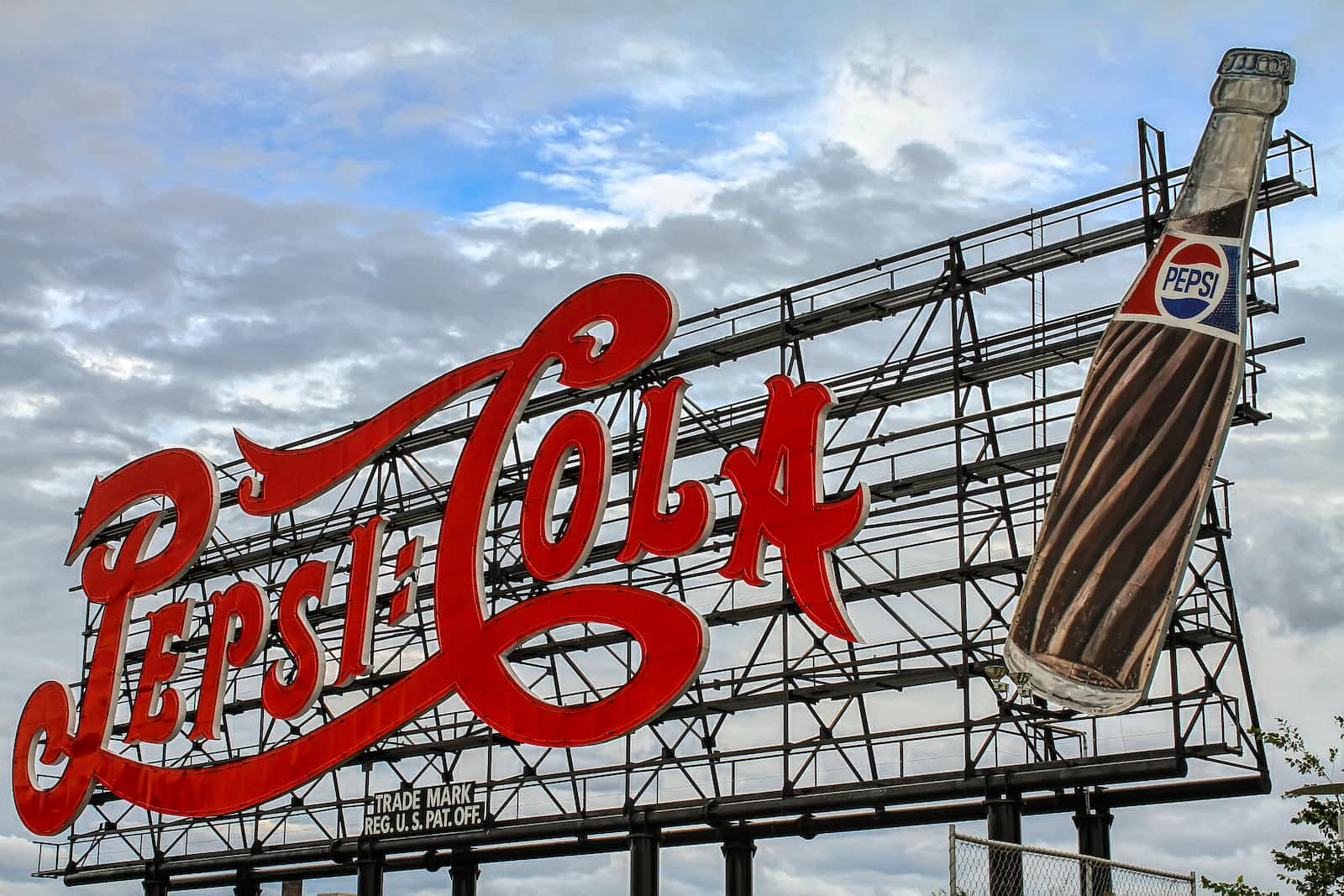
Examples of Famous Trademarks
Famous trademarks represent many of our favourite brands, from APPLE to STARBUCKS. The public immediately recognises them due to their distinctiveness and renown.
Examples of famous trademarks include APPLE, BARBI, FORD, GOOGLE, LEVI’S, TACO BELL, NIKE, PEPSI, and WALMART.
Coca-Cola
Coca-Cola is one of the most famous trademarks in the world. The company was founded in 1886, and its distinctive red and white logo has been used since 1887. The company sells over 1 billion bottles of Coca-Cola a day, and the brand is worth an estimated $74 billion.
Nike
Nike is a global leader in athletic apparel and footwear. The company was founded in 1964, and the Nike swoosh logo was introduced in 1971. Nike generates billions of dollars in revenue annually, and its products are worn by some of the world’s most famous athletes.
McDonald’s
McDonald’s is one of the most recognisable brands in the world. The company was founded in 1940, and its golden arches logo was introduced in 1962. McDonald’s is the largest fast-food chain in the world, with over 36,000 restaurants in more than 100 countries.
Mercedes-Benz
Mercedes-Benz is a German luxury automaker that was founded in 1926. The three-pointed star logo has been used since 1909 and is recognised worldwide as a symbol of quality and luxury. Mercedes-Benz vehicles are renowned for their engineering excellence and are some of the most sought-after cars on the market.
Apple
Apple is one of the most valuable companies in the world, with a market
Rolex
Swiss luxury watchmaker, founded in 1905. Fine timepieces, known for precision and elegance.
Barbie
Popular doll, introduced by Mattel in 1959. Iconic pink cursive logo.
Starbucks
Coffeehouse chain, founded in 1971. Over 23,000 stores in 70 countries. Recognisable green mermaid logo.
Porsche
German car manufacturer, founded in 1931. Sports cars, SUVs, sedans. Horse and shield logo symbolising speed and power.
How Does a Trademark Get Famous?
Federal Courts suggest: distinct mark, federal registration, large advertising investments, significant sales, lasting value product. Time is crucial. New trademarks aren’t usually famous.
Pull into McDonald’s, you expect a certain meal. “McDonald’s” trademark serves as a consumer shortcut. Companies protect such assets fiercely. Trademark strength can be considered on a spectrum: distinctive (Nike, Apple) to descriptive (often not trademarked). “Entrepreneur” sits in the middle.
Most Valuable Trademarks
Trademarks are significant intangible assets. David Haigh, Brand Finance founder, says they’re the largest source of intangible value. Google’s trademark, worth $44 billion, is the most valuable.
Brand Finance calculated the top 10 trademarks:
Trademark value: $44.3 billion Market cap: $164 billion Most popular search engine, surpassing Blackberry and Apple in market share.
Microsoft
Trademark value: $42.8 billion Market cap: $204 billion Leading software company, diversifying into video games, electronics, and digital services.
Walmart
Trademark value: $36.2 billion Market cap: $184 billion Largest retailer, with over 2 million employees and nearly 9,000 stores.
IBM
Trademark value: $36.2 billion Market cap: $199 billion Holds most patents, diversifying software manufacturing.
Vodafone
Trademark value: $30.7 billion Market cap: $138 billion Huge mobile telecommunication network, 340 million customers in 20+ countries.
Bank of America
Trademark value: $30.6 billion Market cap: $109 billion Extensive branch network, 6,000 US locations and 300 abroad.
GE
Trademark value: $30.5 billion Market cap: $197 billion Diverse conglomerate: healthcare, aerospace, appliances.
Apple
Trademark value: $29.5 billion Market cap: $307 billion Hardware and software electronic devices.
Wells Fargo
Trademark value: $28.9 billion Market cap: $143 billion Acquiring top position in banking.
AT&T
Trademark value: $28.9 billion Market cap: $182 billion Largest US phone service provider, 95 million subscribers.
Famous Trademark Litigation Cases
Washington Redskins NFL team lost trademark due to insensitivity. Can’t sue counterfeit sellers. Appeal ongoing.
Marvel and DC Comics – SUPERHERO
Both own “superhero” trademark. Aggressively defend against other comic publishers.
Tiffany & Co. vs. eBay
Tiffany sued eBay over counterfeit sales. Settled out of court, eBay paid $15 million.
Tiffany & Co. vs. Costco
Tiffany sued Costco for false advertising. Jury awarded Tiffany $19 million.
Famous Trademark Infringement Cases
Nike vs. Reebok Nike sued Reebok for infringing “swoosh” trademark. Settled out of court, Reebok paid $10 million.
McDonald’s vs. Burger King
McDonald’s sued Burger King for infringing “i’m lovin’ it” slogan. Settled out of court, undisclosed sum.
Coca-Cola vs. Pepsi
Coca-Cola sued Pepsi over “Share a Coke” campaign. Settled out of court, Pepsi paid $13 million.
Coca-Cola vs. Pepsi (redux)
Coca-Cola sued Pepsi for infringing contour bottle trademark. Settled out of court.
Louis Vuitton vs. Dooney & Bourke
Louis Vuitton sued Dooney & Bourke for infringing toile monogram design. Settled out of court, undisclosed sum.
Adidas vs. Skechers
Adidas sued Skechers for infringing three-stripe trademark. Settled out of court, Skechers paid $40 million.
Academy of Motion Picture Arts v. GoDaddy Inc.
Academy Awards sued GoDaddy for trademark infringement over “oscar.” Academy attacked GoDaddy for allowing similar domain names.